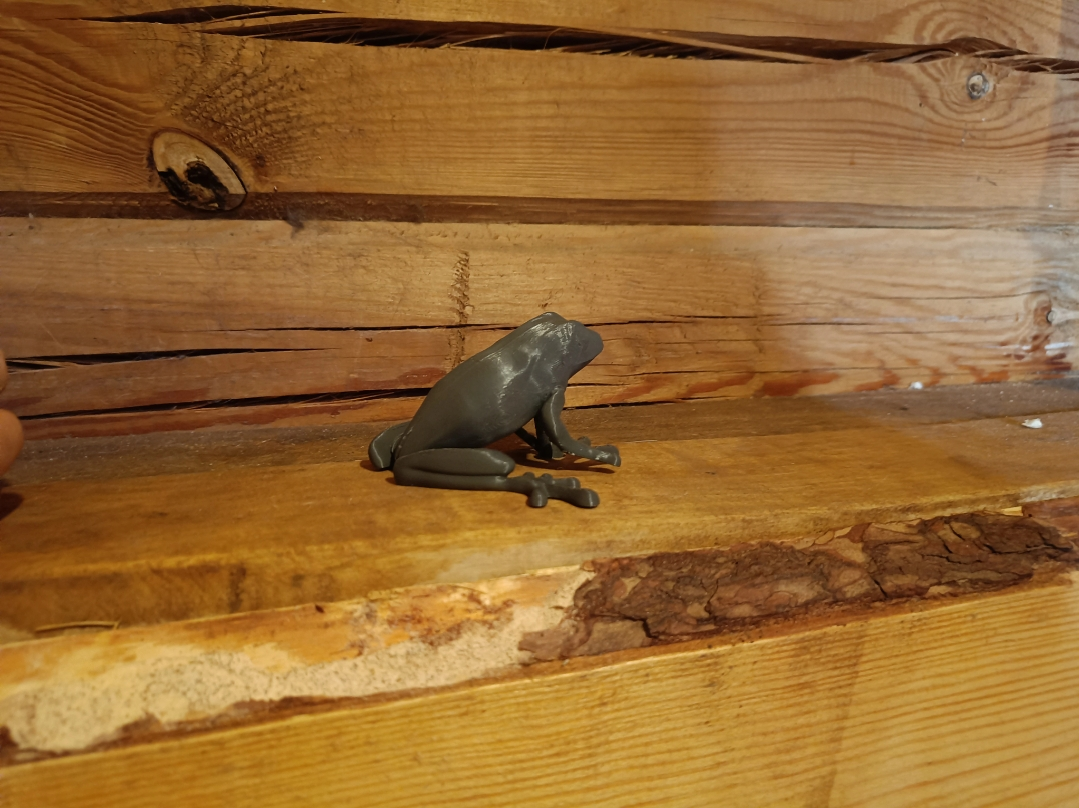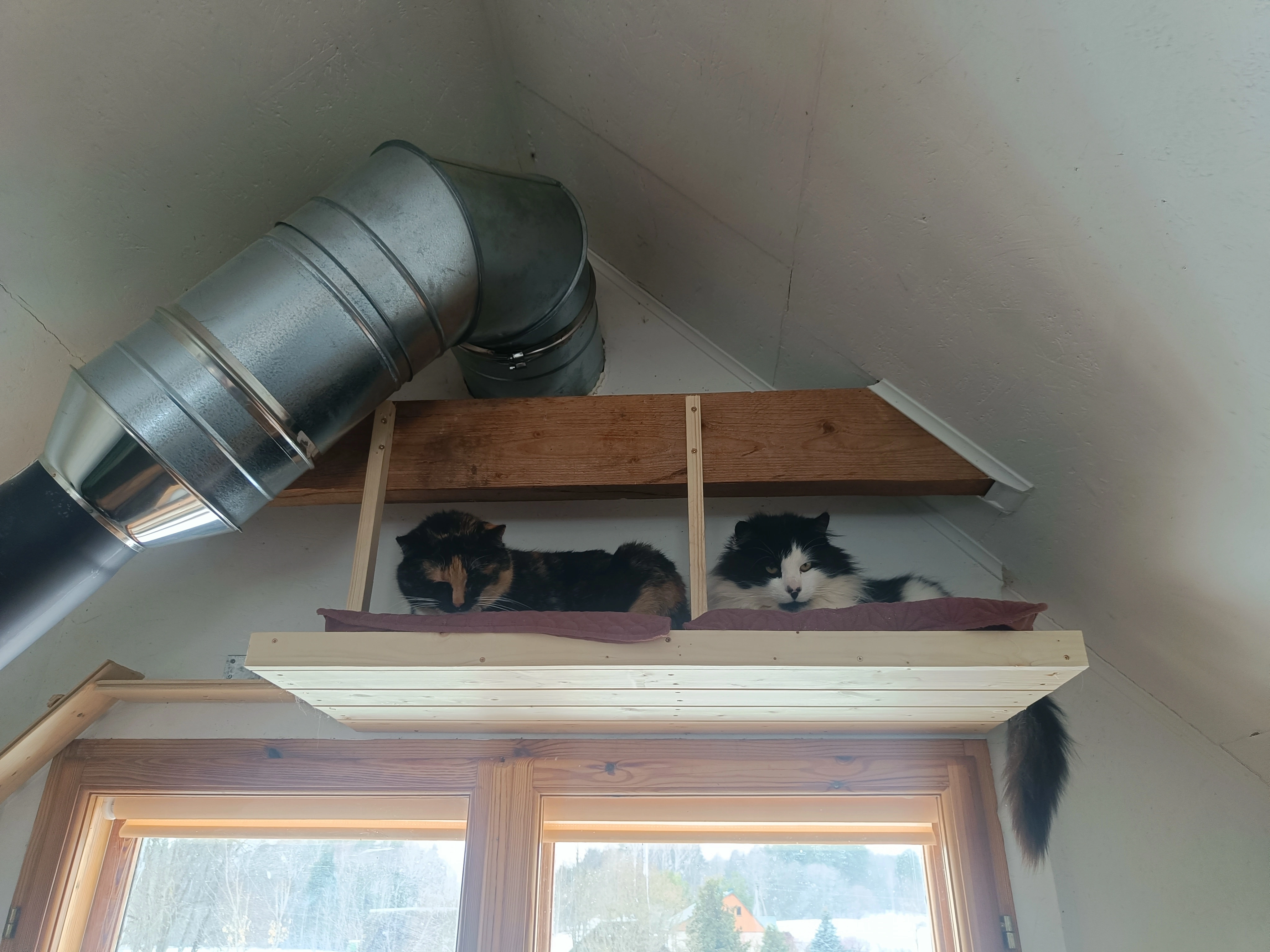A cool. That is a known wide spread design. This is a very high force, I’m impressed. But it will come at a cost of displacement correct? We aim to make brickets for cooking fuels and we have a lot of groundnut shells. These groundnut or peanut shells have a a lot lignin so it is possible with wetted mass (softening)and perhaps heating with fire (lignine becomes like a glue at 200degC). After that the brickets are sundried. The bricket shape could be like icehocky pucks or at least the shape to cook with.
I think the wooden design is not that interesting to generate, but with a pellet release and refilling in one lever go (or two steps). That would be an interesting puzzle, yes?






Only I would expect the design would not be 3 dimensions as you asked but mostly all forces in one plane 😁